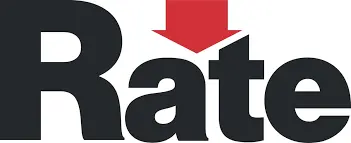Assuming a borrower who has spent up to their HELOC credit limit, the monthly payment on a $75,000 HELOC at today’s rates would be about $522 for an interest-only payment, or $644 for a principal-and-interest payment. But when you get a HELOC, you only have to make payments on the money you’ve used, so if you haven’t used the full amount of the line of credit, your payments will be lower.










